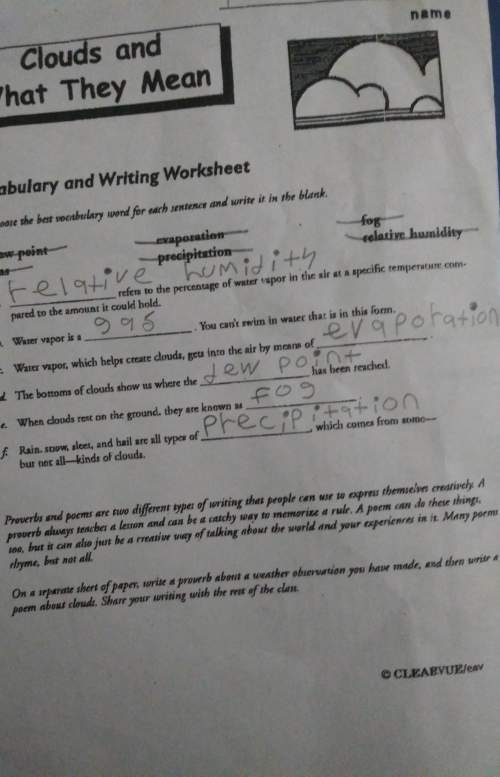
Physics, 03.12.2019 15:31 mattmore0312
Is the displacement d(x, t)=cx2+dt2, where c and d are constants, a possible traveling wave?

Answers: 3


Other questions on the subject: Physics

Physics, 22.06.2019 03:00, bwheele6791
Arotating space station is said to create “artificial gravity”—a loosely-defined term used for an acceleration that would be crudely similar to gravity. the outer wall of the rotating space station would become a floor for the astronauts, and centripetal acceleration supplied by the floor would allow astronauts to exercise and maintain muscle and bone strength more naturally than in non-rotating space environments. if the space station is 200 m in diameter, what angular velocity would produce an “artificial gravity” of 9.80 m/s^{2} 2 at the rim?
Answers: 3

Physics, 22.06.2019 18:30, justhereforanswers13
Ben (55kg) is standing on very slippery ice when junior (25kg) bumps into him. junior was moving at a speed of 8 m/s before the collision and ben and junior embrace after the collision. find the speed of ben and junior as they move across the ice after the collision. give the answer in m/s. describe the work you did to get the answer.
Answers: 1

Physics, 22.06.2019 22:10, brennarfa
7. see worksheet 1 for values of variables x1, x2 and x3 and answer the following questions: a. for each variable find the mean, median, coefficient of skewness, range and population standard deviation. b. compared to variable x1, how are the mean and median affected by extreme values (outliers) seen in x2 and x3. c. is the median or mean the better measure of location for x2 and x3? explain. d. explain the differences in the magnitudes of the skewness coefficients for the three variables. e. what is the relationship between the range and standard deviation looking across the three variables?
Answers: 1

Physics, 23.06.2019 00:00, supermkimbrel
A15,000 kg rocket traveling at +230 m/s turns on its engines. over a 6.0 s period it burns 1,000 kg of fuel. an observer on the ground measures the velocity of the expelled gases to be −1,200 m/s.
Answers: 3
You know the right answer?
Is the displacement d(x, t)=cx2+dt2, where c and d are constants, a possible traveling wave?...
Questions in other subjects:













